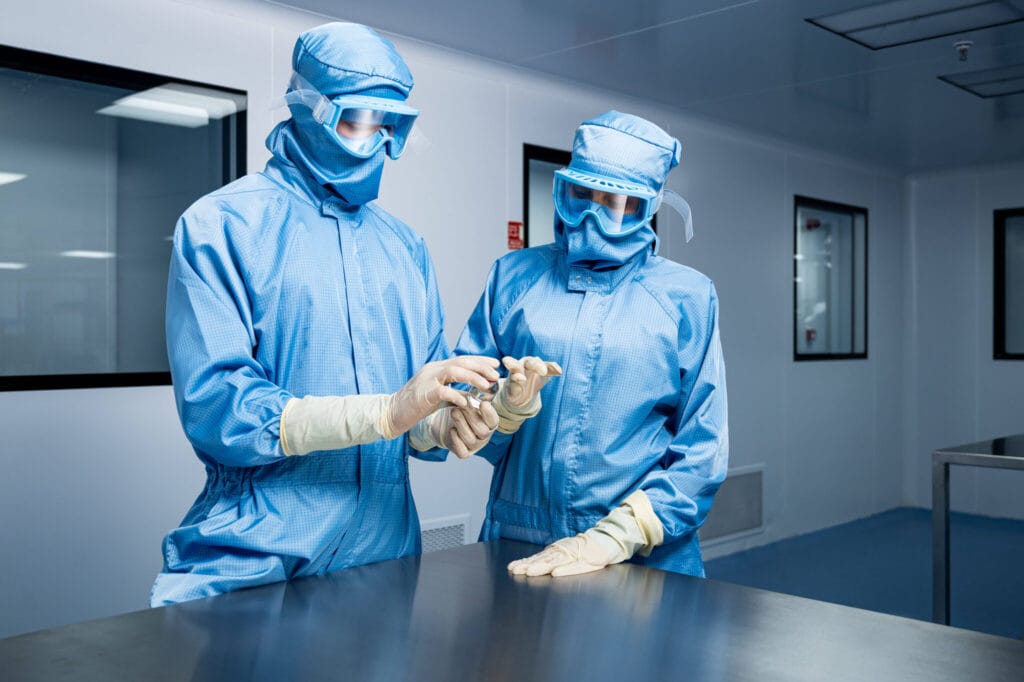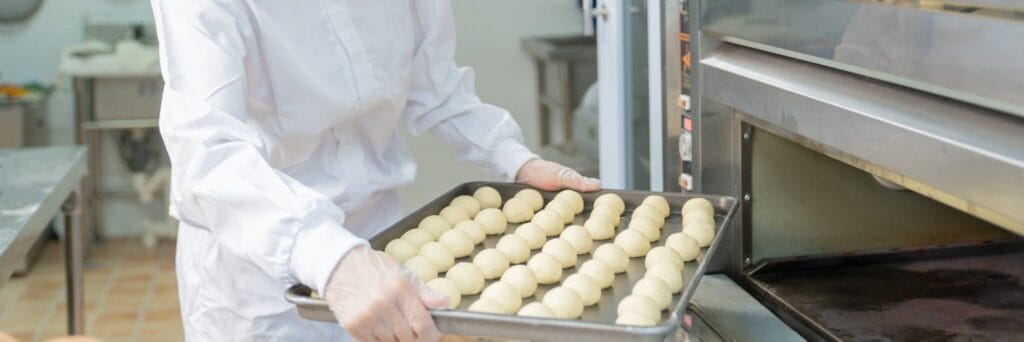Every organisation is responsible for ensuring overall safety and health of the workers employed in diverse industrial operations. However, that requires comprehensive knowledge of industrial hygiene. By implementing standard hygiene & sanitation practices early in the industrial planning process and identifying potential threats can help uphold high standards of health and safety for all your workers.
Industrial hygiene is the process of safeguarding and improving the safety and health of people at workplace and in their communities. There is a wide range of hazards plaguing the work environment in industries today – physical, chemical, ergonomic and biological. Industrial hygiene encompasses foreseeing, identifying, assessing and controlling these hazards to ensure superior safety and health of workers and the community in large.
Key components of industrial hygiene include:
- Predict : Anticipating existing or potential workplace hazards without actually examining them
- Discover : Identifying hazards as and when they are observed
- Scrutinise : Evaluating what kind of harm a potential hazard may cause and severity of such harm
- Communicate : Inform people in the workplace and community about health & safety hazards
- Control : Implementing measures that can help reduce or eliminate potential hazards that can cause harm
The Role of Industrial Hygienists
To meet and maintain regulatory compliances and mandatory implementation of industrial hygiene practices, organisations today require certified industrial hygienists who have experience operating in a wide variety of settings – laboratories, heavy industrial, commercial, healthcare, remediation and warehousing. Their objective is to bring a practical and holistic approach to resolving work hazards in a safe and reliable manner.
According to the American Industrial Hygiene Association, there are various types of professionals with different skillets, knowledge and expertise who play an integral role in maintaining workplace hygiene. This includes anyone who chooses to apply their know-how to safeguard the health and safety of workers – engineers, physicists, chemists, nurses, doctors, biologists and other professionals.
Phases of Industrial Hygiene and Safety – An Overview
Now let us understand the key steps of implementing and maintaining industrial hygiene and safety at workplace.
1) Analysing the Workplace
The industrial hygiene process should begin with comprehensive workplace analysis. This helps an industrial hygienist to identify the operations and work stations that are primary sources of potential hazards. During this process, the hygienists will evaluate and measure problem tasks, exposures and threats. It is also important to research, inspect and analyse how specific physical or chemical hazards at a particular worksite can affect worker safety and health. Based on this, appropriate preventive/corrective measures can be taken.
Typically, a workplace analysis (recommended by the Occupational Safety and Health Administration) may include the following:
- Evaluating job roles
- Interviewing industrial workers and maintaining inventory of hazardous materials
- Reviewing production records, work schedules, safety programmes, equipment maintenance schedules, incident and accident reports, and chemical Safety Data Sheets (SDS)
- Analysing job hazards
- Regular workplace inspections
- Analysing illness and injuries over time
- Building an effective system for workers to report industry hazards
Following the above approach may help identify potential threats, mitigate and control the same to ensure overall hygiene, health and safety for all.
2) Types of Hygiene and Safety Hazards to Consider
During worksite analysis, it is crucial to take into consideration different types of industrial hazards that can impede hygiene standards and health of workers. Such hazards can be grouped in following ways:
- Chemical Hazards : Workers operating in industrial facilities, laboratories or critical healthcare units can be exposed to various types of chemical hazards caused by solids, liquids, dusts, fumes, vapours and mists. The chemical exposure can be in the form of absorption within the skin, inhalation or ingestion. Workers handling such chemicals must be rigorously trained while appropriate safety measures should also be taken to maintain hygiene and ensure optimal health.
- Airborne Hazards : Airborne particles and gases in industrial units are among the primary hygiene hazards affecting health of the workers today. Asbestos and combustible dusts are common hazardous airborne particles regarding which proper safety measures and training should go to the workers. Harmful airborne gases such as Hydrogen sulphide can also cause major safety & health hazards to people working in highly controlled production facilities.
- Ergonomic Hazards : This type of hazard encompasses eliminating injuries and reducing stress at workplace. Ergonomic hazards may arise due to muscle overuse or poor posture performing a wide range of workplace tasks such as lifting, reaching, walking or holding. Back injury is one of the most prevalent ergonomic-related injuries in the workplace today. Proper training related to industrial ergonomics should be imparted to every worker involved in rigorous physical activities or work for long hours.
- Biological Hazards : Biological hazards in industrial facilities may be caused due to living organisms like viruses, bacteria and fungi, resulting into serious infections. Lack of proper hygiene, unclean work environments or exposure to biological conditions may cause chronic or acute infections, and can even be fatal.
- Noise Hazards : Long-term noise exposure is one of the most common health & hygiene hazards that can result into temporary or permanent hearing loss for workers. These can be addressed by designing an industrial facility that can help minimise noise, take apart workers from noise-making machinery, or using devices such as ear plugs and ear muffs to prevent noise.
- Vibration Hazards : Exposure to vibration is another physical hazard that can significantly affect the health and safety of the workers.
Hazards caused by extreme temperature conditions and radiation can also pose serious threat to workers’ safety.
3) Controlling & Minimising Workplace Hazards
The following steps can be taken to reduce or eliminate the risks of potential hazards:
- Physically eliminate the objects that cause workplace hazards
- For efficient industrial operations, substitute the hazards with components that are less or non-hazardous
- Isolate the hazard or impediment to industrial hygiene through advanced means of engineering like machine guarding
- Implement administrative control to transform the way workers operate to minimise potential hazards
- Use Personal Protective Equipment (PPE) and hygienic workwear to safeguard the workers from hazards and maintain optimal sanitation
Industrial hygiene is a vital component of occupational practice that every organisation should implement to ensure optimal health and safety of the workers.




